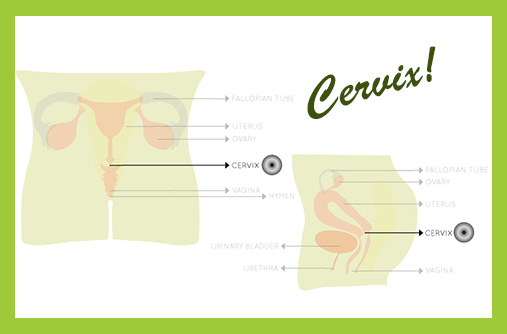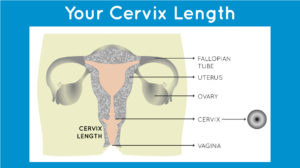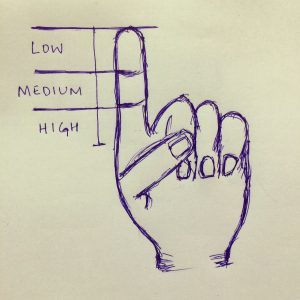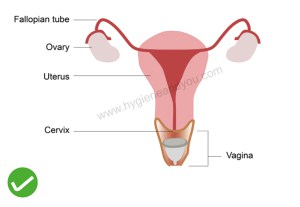The cervix is a crucial part of the female reproductive system, yet it remains a topic shrouded in mystery for many. In this blog, we will explore the intricacies of the cervix, its location within the body, how to measure your cervix, and the significance of cervical position. Whether you’re curious about the different lengths of the cervix, what it feels like, or whether measuring it is necessary, we’ve got you covered. Let’s dive in!
Q. What is the Cervix?
Women who swear by menstrual cups have heard this word being perpetually thrown around. The cervix is a slippery little blob of tissue that connects the uterus to the vagina. Most women opine that the cervix feels like a donut, or like the tip of your nose. See the colorful reproductive system diagram, if you want a quick recap of its position. Cervix also produces white discharge (which is normal, unless it has a smell, has a different color, or is in excess) and it has two functions:
- Firstly, to keep the vagina clean.
- Secondly, it acts as a lubricant during sexual intercourse.
Q. Why is it important to know about the cervix?
The cervix is a mysterious little organ tucked inside the human female reproductive anatomy. While I was introduced to the cervix because of the menstrual cup, the cervix gives a lot of information about your menstrual cycle! Usually, the cervix is at its highest during ovulation (when the egg is released, and waiting to be fertilized, in other words, when you are most fertile), and at its lowest during your period (when it opens up to let the blood out). As for using a cup, it’s important to know the position of the cervix because your menstrual cup should ideally be angled towards the cervix to ensure that there is no leakage.
Q. When do you measure your cervix?
The location of the cervix changes throughout your menstrual cycle. If you want to check your cervix in order to buy a menstrual cup that suits you best, then you should measure it during your period, when your cervix is at its lowest.
Q. How to measure your cervix?
Just hike one leg up on the toilet seat, or find a comfortable position that does not involve squatting (as squatting brings it much lower), and insert your longest finger (clean, of course) horizontally inside your vagina till you can go no further. Feel around and try to look for something that feels different from the rest of your vaginal walls. Your cervix should be somewhere there.
Pro Tip:
- Once you insert your finger inside, you might bump into the pubic bone which is more towards the front. Several women confuse the pubic bone for the cervix! The pubic bone feels hard and bone-y, while the cervix should feel more soft and pliable.
- Try and check the length of the cervix using the image. You don’t need to find out exactly how many millimeters (or any other measurement), but you just need to know whether it’s too high, too low, or medium. Refer to the image below for details.
- There is no ‘ideal’ when it comes to body sizes. Cervixes range anywhere between 30 mm to 70 mm. It is often said that Indian women have a high cervix length (which is, above 60 mm), but it’s definitely not the norm. The length of one’s cervix does not correlate to factors how tall/short a person is! Bear in mind that no two cervixes are the same! As unique as the human body, the length and shape of every cervix (and vagina) is entirely different!
Low Cervix
Q. Is it really necessary to measure the cervix length?
No, but yes. It is easy to not measure your cervix length and simply go for a cup that you think will fit you best. There are women who have chosen a cup without measuring and their cups have fit them perfectly. There are others who have a low cervix and have ended up buying a cup meant for women with medium and high cervix, thus ending in them not being able to use that cup. When you have the required information to make an assured choice, you might as well measure it! All it takes is a few minutes and some research. Also, the initial investment cost of a cup is relatively high. Better be safe than sorry!
Need help in selecting the right cup? Take our Quiz.










